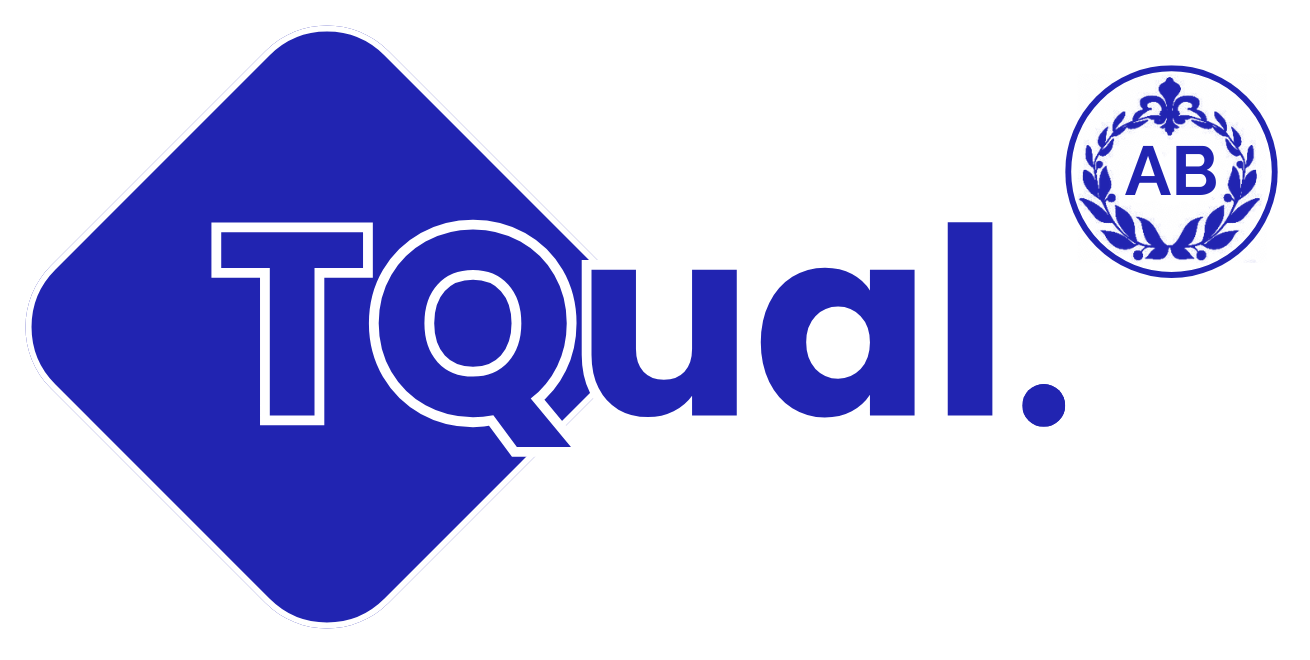Yes, assessments include quizzes consisting of 100 multiple-choice questions (MCQs). These assessments are designed to evaluate participants’ comprehension of course material and their capacity to apply concepts in practical situations. It is mandatory to pass assessments with a minimum score of 75%

